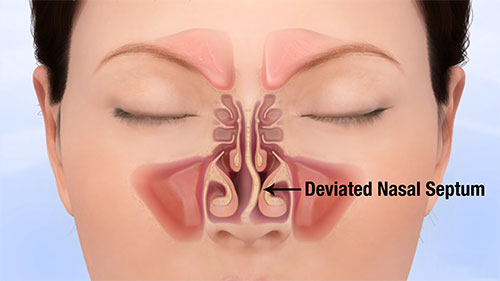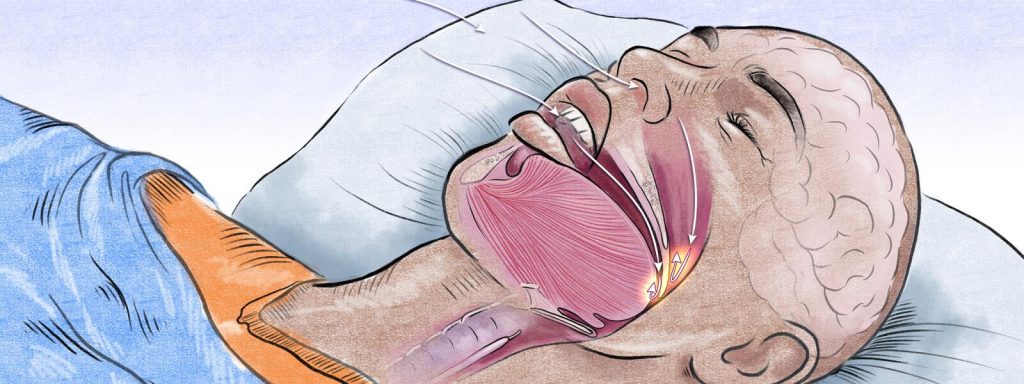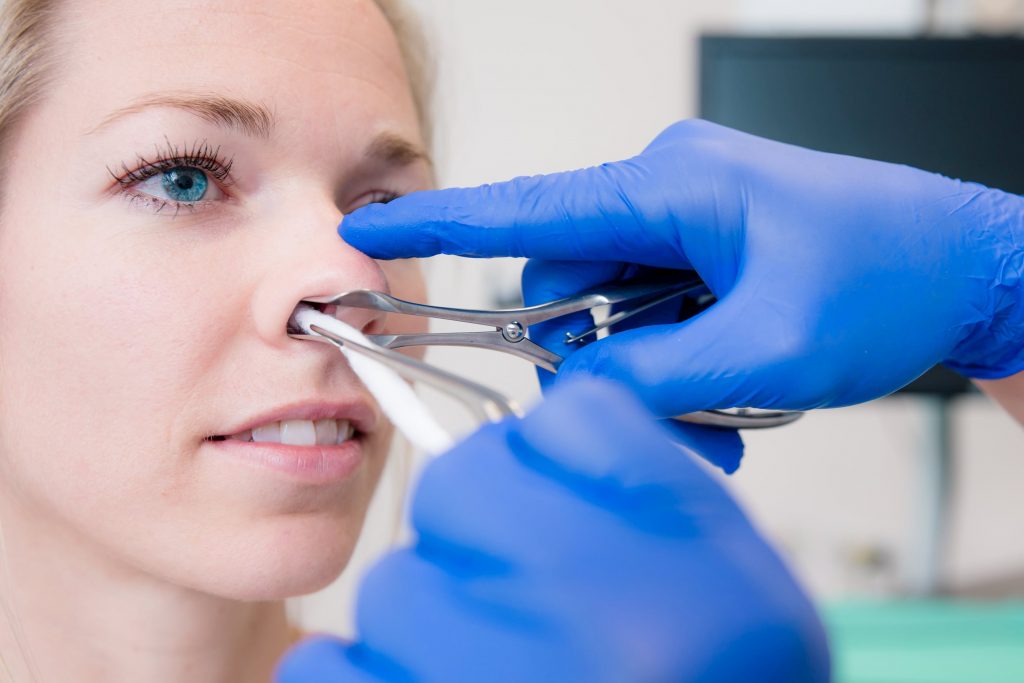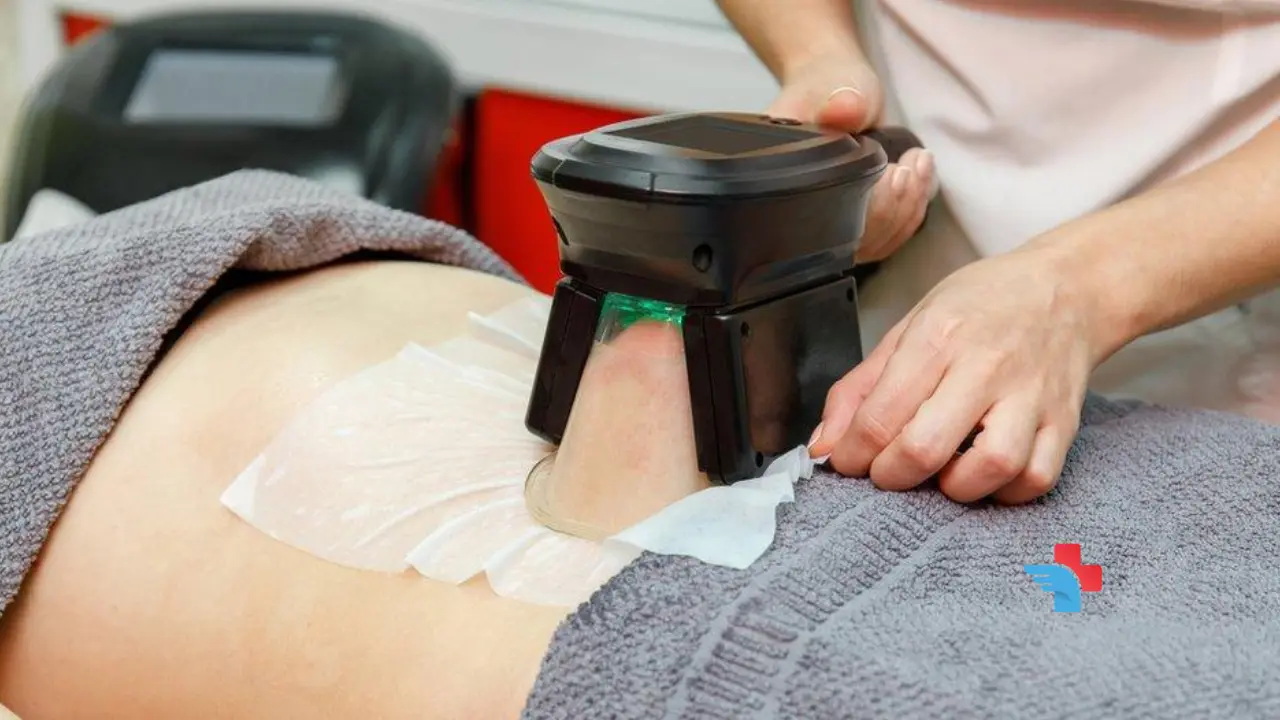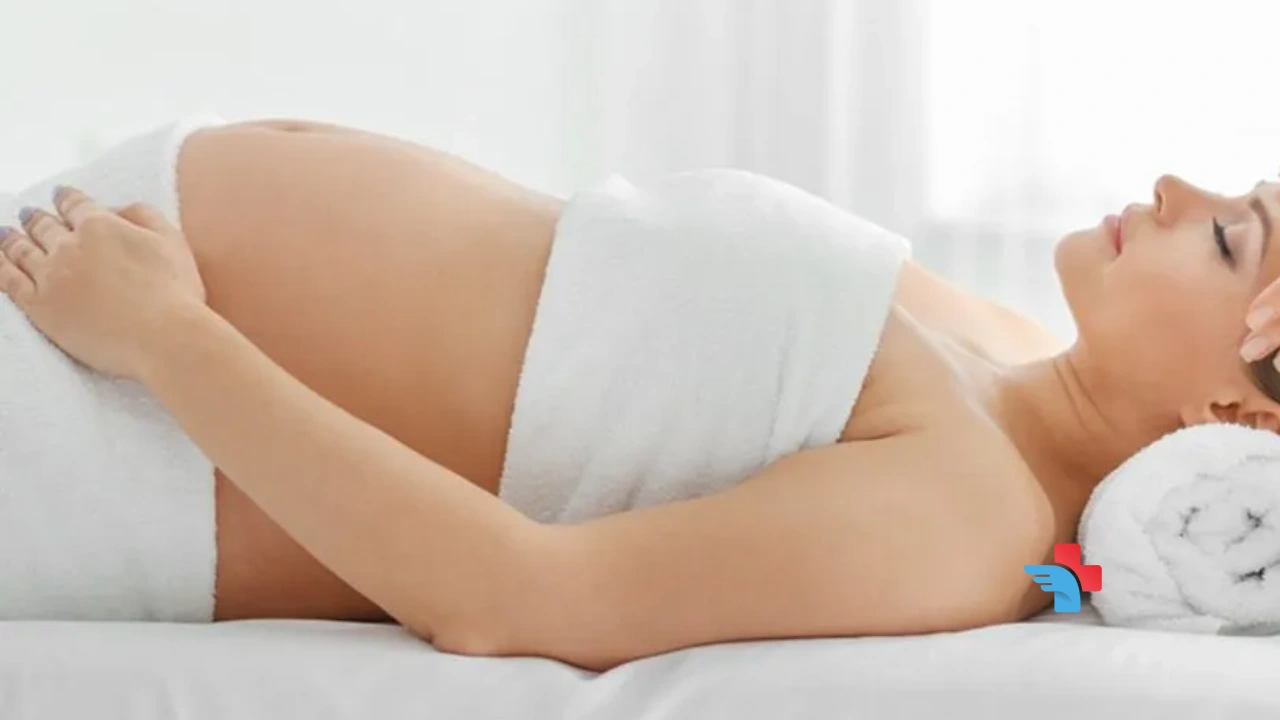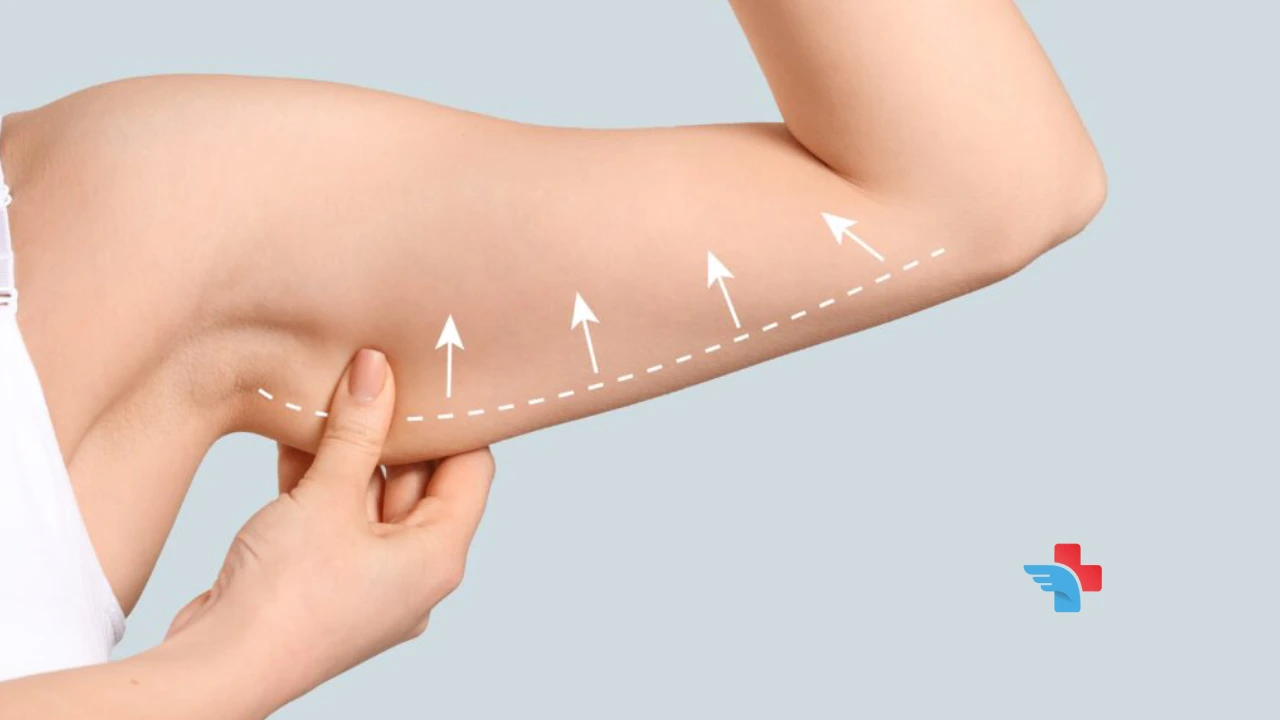Deviated septum diagnosis
Your doctor will ask you about your precedent for fractures, nasal injuries, or nose surgeries after checking the symptoms. Then they look at your septum position using a lamp and a nasal speculum (a tool that gently opens your nostrils) to examine the inside surface of your nostrils. The nose’s inner lining tissues may be temporarily contracted using a nasal spray called Afrin or Neo-Synephrine to make the septum more obvious.
Sometimes, a fiber-optic scope will be inserted into your nose to examine the nose’s posterior septum directly. In most cases, you won’t need any particular examination.
Your doctor will refer you to an ENT (Ear, Nose, Throat) specialist or a plastic surgeon if your septum’s deviation leads to severe nose hemorrhage, frequent sinus infections, or other noticeable problems with additional treatments.
Deviated septum treatments
1- Septoplasty
Septoplasty is a corrective surgical procedure done to straighten a deviated nasal septum. In the case of the following symptoms, the patient can use septoplasty:
- Symptoms of septum deviation
- Insignificant effects of medicines to reduce symptoms
- Considerable septum deviation
The most typical reason for septoplasty is when the patient cannot breathe comfortably on one or both sides of the nose. Correcting this abnormality can improve airflow and breathing when there is a significant deviation.
2- Septorhinoplasty
If rhinoplasty is needed, it can be combined with septoplasty, called Septorhinoplasty.
In septoplasty, a large part of the septum is not removed, and the doctor tries to turn it back to its previous site in the middle part after softening the septum. Sometimes the septum returns to its place, using splints inserted into the nostrils after surgery.
Sometimes the patients are prescribed to prevent hitting impacts for one or two weeks to let the septum site improve thoroughly.
3- Turbinoplasty
Turbinoplasty may be Essential in cases where medication has no significant effects on improving respiratory.
Concha size reduces by moving the sizeable lateral bone and shrinkage of the mucosa. Breathing usually improves by one week after surgery, lasting for one year or more. Turbinoplasty and septoplasty be combined with sinus surgery and also cosmetic rhinoplasty.
This surgery is usually done under general anesthesia, including nasal cover removal from the septum and removing bone from the deviated area. Then the covering is put back in its place. The nose is gently bandaged for 24 hours to maintain its proper position, and the patient is usually allowed to return home after a day or two.



